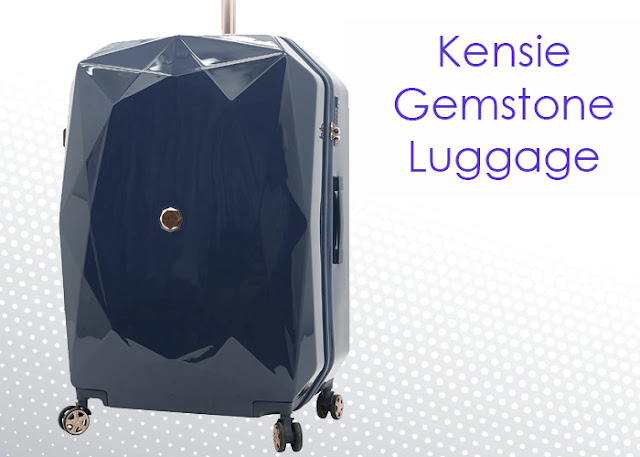What to Pack in a Carry on Luggage
When it comes to travel, a few essentials are key to packing light, so consider the following tips to maximize your space. For footwear, two pairs of flat shoes is sufficient. One pair should be dressy or comfortable to wear on a plane, while the second pair should be a sandal or flip-flop. Avoid bulky shoes on planes as this will free up space in your carry-on bag. If you're unsure of how to save space, you can use compression bags or packing cubes to organize your items.
Compression storage bags
Compression storage bags are great ways to compress bulky items for easy travel. They have a built-in one-way valve that keeps the contents inside from getting hopelessly wrinkled. These bags work best when used for short periods of time, however; long-term compression can damage the insulating fill inside. Fortunately, these storage solutions aren't limited to carry-on luggage. These bags can be used for many different items, including electronics and clothes.
Another option is packing cubes. These little bags help you organise clothing and other gear, and can also store dirty laundry. While compression bags are great for compacting clothes, cubes are easier to use. Cubes, like those from Eagle Creek, can save a ton of space and are ideal for beginners. They also work well for keeping your carry-on luggage organised. They also work well for organizing other items, too.
Duct tape
Duct tape is one of those essential items that can make any traveler's life easier. It can be used for so many things, from fixing holes in your clothing to creating a barrier against rain and wind. It can even help you hide your passport or other important papers from prying eyes. A small roll of surgical tape or a small lint brush can be carried along in your carry-on luggage.
Another useful piece of packing duct tape is a plastic medicine bottle. The tape is a great way to wrap small objects and add minimal weight to your carry-on bag. You can also peel it off and reuse the bottle as a bag. If you're traveling long-term, duct tape can also protect electronics from water damage. It can be very useful if you're hiking in the backcountry. Duct tape is also very versatile, as it can be used to build a shelter, catch food, and turn your freeze-dried meal into a tent.
Painkillers
While you're checking in your carry-on luggage, you can't forget to bring some painkillers. These pills, powders, or gels can all be packed in quart-sized plastic bags. Stack it on top of your carry-on's contents. Although over-the-counter and prescription medications can get through security without a special permit, you'll still need to declare painkillers to the TSA officer. However, you can ask a family member, caregiver, or companion to make the declaration for you.
When packing painkillers to pack in a carry-on, make sure to keep them in their original prescription bottles. Security officials are on the lookout for people who carry medications illegally. You'll also want to make sure that you have a daily case and separate the pills once you've reached your destination. A hotel's hot tub or sauna can provide much-needed pain relief. If it doesn't, look for a hotel with a bath.
Alcoholic beverages
While consuming alcohol in excess of the recommended amount is not allowed, it can be carried in a carry on luggage if it is packaged in a sealed, transparent plastic bag. Alcohol in carry-on luggage cannot be over 3.4 ounces and should be packaged in a quart-sized zip-top bag. It is also illegal to bring alcohol that contains more than a quarter of a liter, and alcohol that is more than 70 percent alcohol by volume is not permitted.
The FAA has specific rules for the transportation of alcoholic beverages. Alcohol in retail packaging is allowed on board, as long as it does not exceed 24 percent alcohol by volume. Most beers and wines meet these requirements and are allowed to travel in checked luggage. In addition, if you plan to travel internationally, alcohol may be subject to customs restrictions and transport regulations. The rules will vary from country to country.
Layered clothes
When packing layered clothes for travel, the basic rule is to pair the top layer with a bottom one. Ensure the necklines match, otherwise your ensemble will look unbalanced. Also, make sure the bottom layers are lightweight and loose, rather than bulky and tight. Using the 3 piece rule will keep you from looking like a Michelin Man, while also looking polished. Listed below are some tips for choosing the right layering combinations.
First, choose lightweight base layers. Choose a base layer made of wool or synthetic microfiber, as these fabrics breathe and keep you warm. Unlike cotton, they also don't stink and dry quickly. Also, consider using a thin scarf or poncho as a top layer. Layered clothes are great travel pieces to pack in your carry-on. Adding a lightweight tank top underneath can help you stay warmer.
Can You Bring Hairspray on a Plane?
.jpg)


Comments
Post a Comment